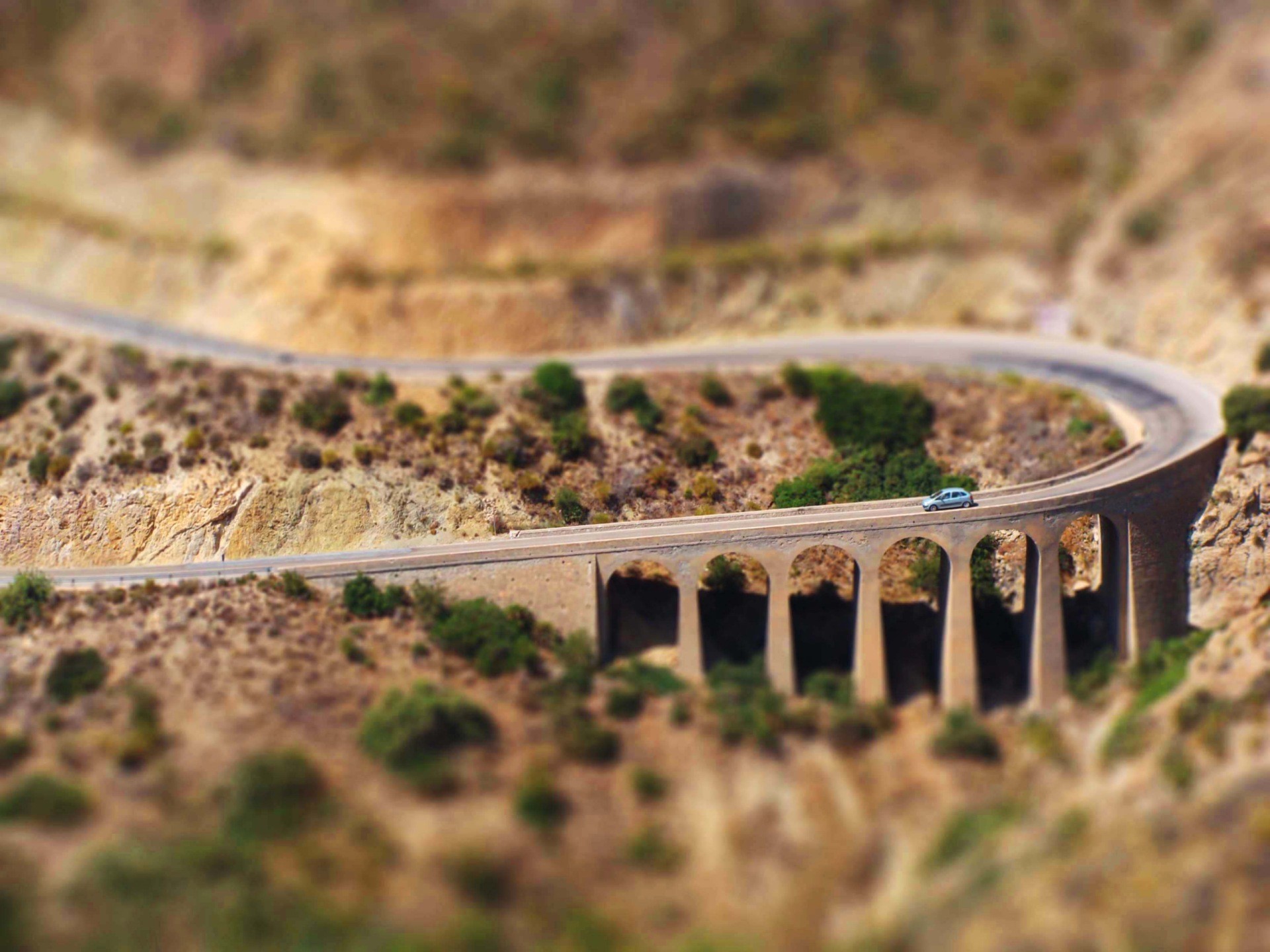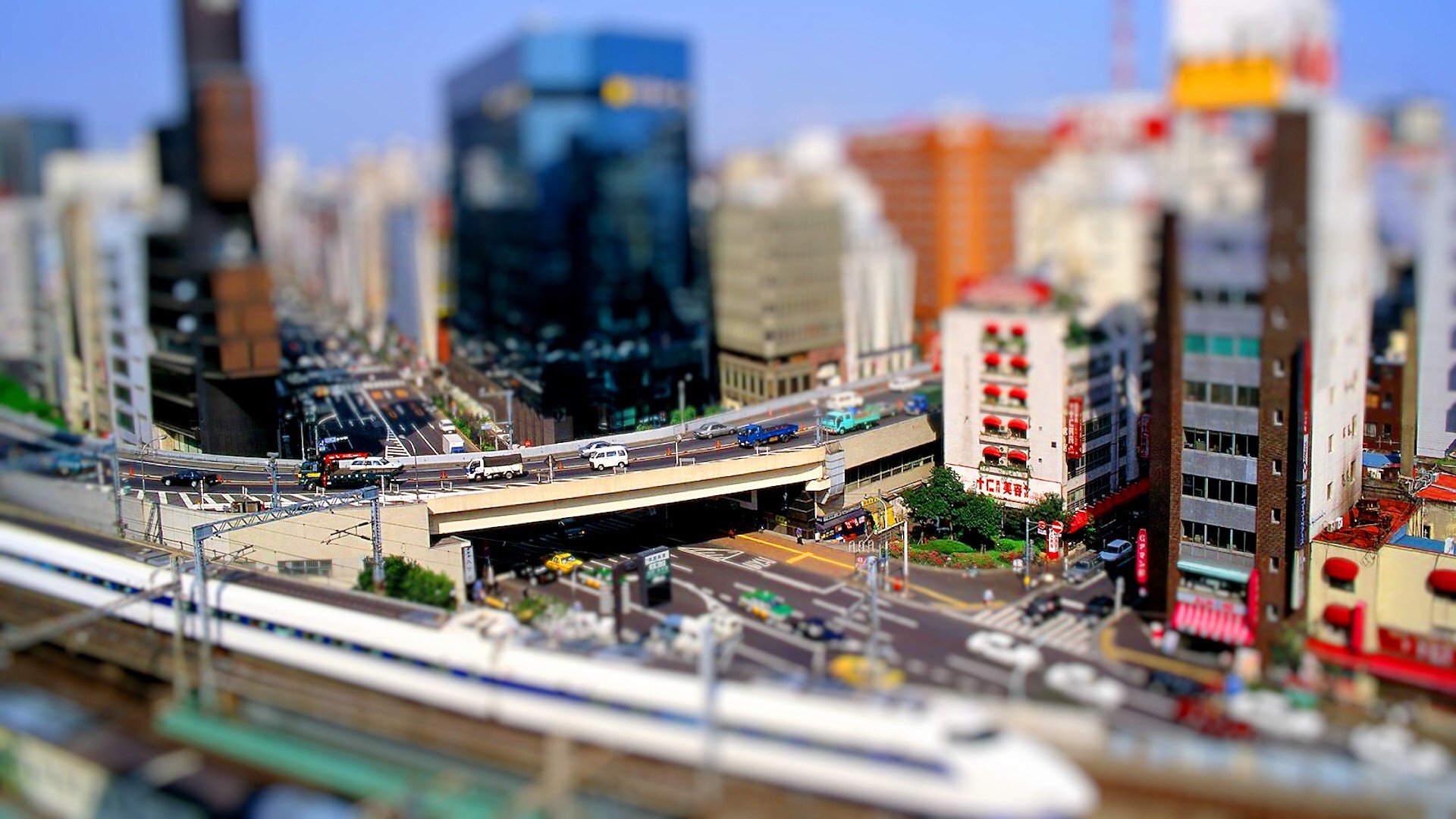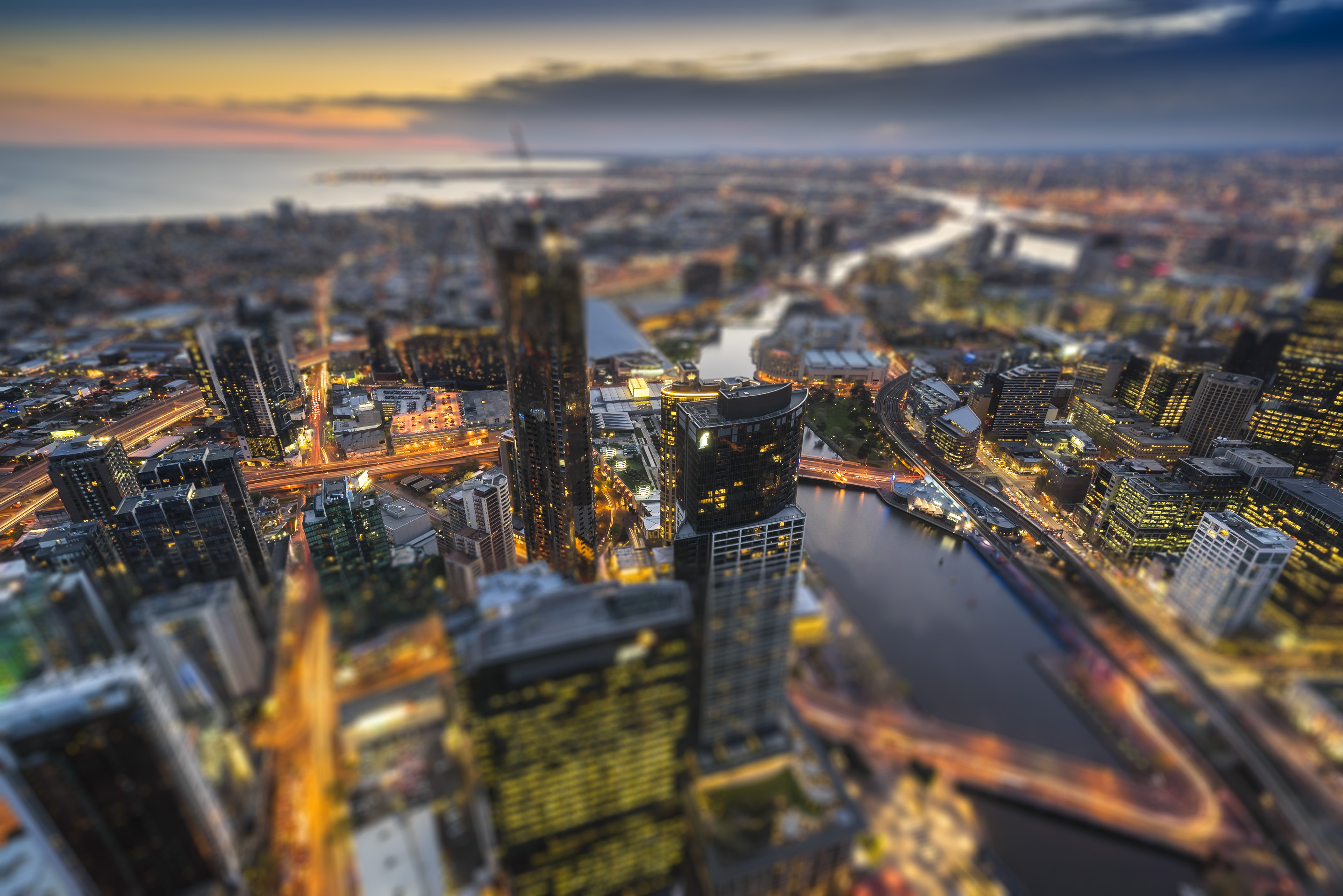

Although the above digital techniques clearly sacrifice resolution, the question is whether this is necessarily any worse than the softening caused by using the edge of the imaging circle for an optically poor tilt shift lens. Technical Note: it is often asked whether digital perspective control achieves similar quality results as a shifted lens. Either way, the shifted lens generally yields the best quality. The second method would retain more resolution, but would yield an image whose horizontal resolution progressively decreases toward the top. One way would be to use a wider angle lens and then only make a print of a cropped portion of this, although this would sacrifice a substantial portion of the camera's megapixels.Ī second way would be to stretch the image from the ordinary lens above using photoshop's perspective control (so that it is shaped like an upside down trapezoid). When the camera is aimed directly at the horizon (the vanishing point below), vertical lines which are parallel in person remain parallel in print:Ī similar perspective effect could be achieved using an ordinary lens and digital techniques. Shift movements are typically used for perspective control to straighten converging vertical lines in architectural photography. This means that this 24 mm tilt shift lens is therefore likely to be surpassed in optical quality by an ordinary 24 mm lens, since wider angle lenses generally have poorer optical quality. Furthermore, a 24 mm tilt shift lens is likely to be optically similar to an ordinary 16 mm lens due to a similar sized imaging circle. Extreme shift movements will also expose regions of the imaging circle with lower image quality, but this may not be any worse than what is always visible with an ordinary camera lens.


On the other hand, a lens capable of shift movements will need to be much larger and heavier than a comparable regular lens, assuming the same focal length and maximum aperture. This means less softness and vignetting, with potentially less pronounced distortion.
Tiltshift photos full#
The shift ability comes with an additional advantage: even when unshifted, these lenses will typically have better image quality at the edges of the frame-similar to using full frame 35 mm lenses on cameras with a crop factor.

The above example would be more useful for creating a panorama since the medium telephoto camera lens created a flat perspective. Techniques for each are discussed in subsequent sections. Shift movements have two primary uses: they enable photographers to change perspective or expand the angle of view (using multiple images). Shift lenses, by contrast, actually project a much larger imaging circle than is ordinarily required-thereby allowing the photographer to "shift" this imaging circle to selectively capture a given rectangular portion.Ībove comparison shown for 11 mm shift movements on a 35 mm SLR camera actual image circles would be larger relative to the sensor for cameras with a crop factor (see tutorial on digital camera sensor sizes for more on this topic). With most lenses this circle is designed to extend just beyond what is needed by the sensor. The image captured at your camera's digital sensor is in fact just a central rectangular crop of the circular image being captured by your lens (the "imaging circle"). The tilt effect therefore does not necessarily increase depth of field-it just allows the photographer to customize its location to better suit their subject matter. This produces a wedge-shaped depth of field whose width increases farther from the camera. Tilt movements enable the photographer to tilt the plane of sharpest focus so that it no longer lies perpendicular to the lens axis. This means that the lens's center of perspective no longer corresponds the the image's center of perspective, and produces an effect similar to only using a crop from the side of a correspondingly wider angle lens. Shift movements enable the photographer to shift the location of the lens's imaging circle relative to the digital camera sensor.


 0 kommentar(er)
0 kommentar(er)
